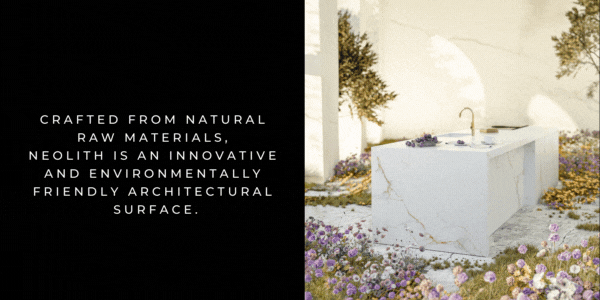The History of Onyx with Rudi’s Choice
Rudi’s Choice loves to celebrate onyx – a beautiful natural stone with a history of decorative sculptures, jewellery, and striking architectural features. Onyx also carries an air of mystique from its long-standing superstitions and beliefs. Today, onyx is a popular choice for interior design – celebrated for its beauty and detail. With its endless array of colours and translucent quality, onyx is still as popular as ever.
The Making of Onyx
Onyx forms from spring water or groundwater with a calcite content where mineral-laden groundwater flows or drips. The water emerges, resulting in the discharge of the dissolved calcite minerals. This process eventually forms a crust of calcite crystals. Over time this process repeats itself, creating layers that form the intricate bands of colour you see in cut onyx. Variations in the water flow rate, time, and mineral deposits give onyx its wide variety of colours and patterning.
Onyx in History
Onyx has a long history of use in jewellery and carvings, where the bands of colour create a beautiful contrast with the layered background. The use of onyx is recorded in early Egypt to make bowls and pottery and art in Minoan Crete. Later, Brazilian green onyx was used as plinths for art deco sculptures in the 1920s and 30s, with slabs of onyx from the Atlas Mountains famously used by architect Mies van der Rohe in Villa Tugendhat to create a shimmering semi-translucent interior wall.
Modern Onyx
With modern advancements in mining and transportation, onyx is more widely accessible to people today, even though it is still a rare and valuable material. Onyx is known for its intricate layering and ethereal semi-translucent quality. These qualities make it a soft stone, prone to chipping and staining. Therefore, onyx is best suited to decorative accents like bar counters or feature walls.
Onyx Maintenance
Onyx is a soft calcium-based natural stone that reacts with acids, including common household liquids like lemon juice, vinegar, coffee, and wine. The two most important maintenance steps are professional sealing to slow down the absorption process of spills and retain the shine, and cleaning up spills as they happen using the proper method. Reseal every three years to maintain the protective layer, clean spills by blotting to absorb rather than wiping, and use cleaning products specially made for onyx surfaces.
*All Rudi’s Choice material is subject to stock availability.
Rudi’s Choice full onyx collection here
Website: www.rudischoice.co.za
You might also like...
-
Seasonal Refresh: Embrace the Warmth of Autumn with Rudi’s Choice

It’s the perfect time to refresh your interiors with warm tones, layered textures, and cosy comforts that evoke the essence of the season. Rudi’s Choice, ...
-
Sculpting Luxury: The Art of Fluted Marble & Granite

Design is evolving into a seamless blend of cultures, textures, and materials, where tradition meets modernity in the most captivating ways. At Sangengalo, the intricate ...
-
Sustainable Stone: Elevate Your Space with Sangengalo’s Eco-Friendly Engineered Slabs

In an era where sustainability is at the forefront of design, choosing materials that balance durability with environmental responsibility is essential. Sangengalo is proud to ...

























